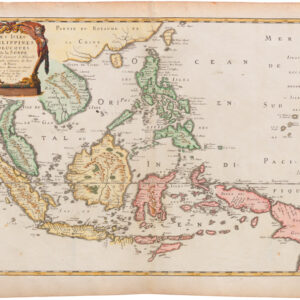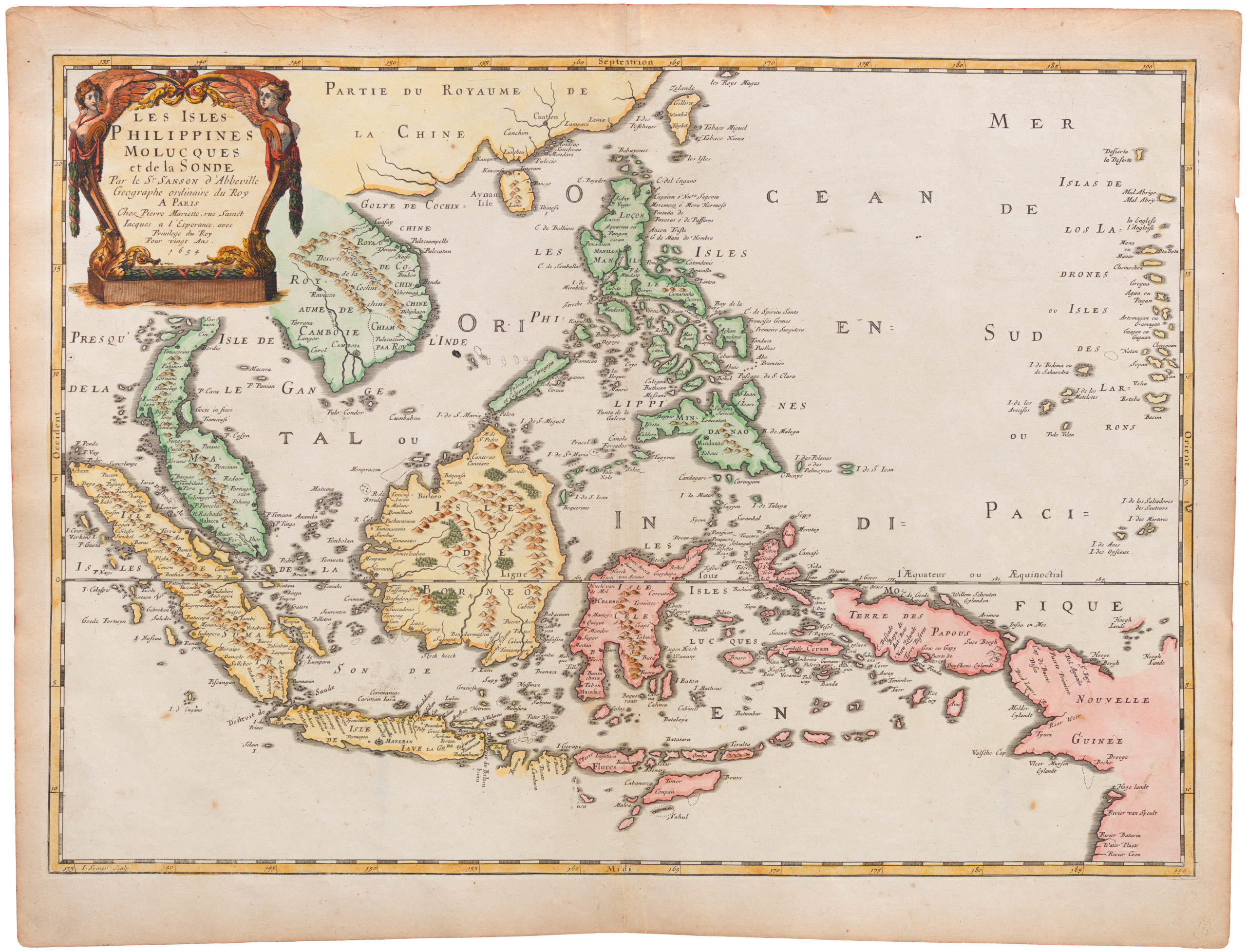A large-format manuscript map of one of the decisive engagements of the latter part of the Vietnam War.
The Progress of the Route 9 Campaign is Southern Laos.
Out of stock
Description
The Progress of the Route 9 Campaign is Southern Laos [Diễn biến chiến dịch đường 9 nam lao]
This is a manuscript map showing the Route 9 – Southern Laos Campaign, also known as Operation Lam Son 719, an offensive in 1971 by the Army of the Republic of Vietnam (ARVN) against the Ho Chi Minh Trail in Laos. The operation was an important early test of the policy of “Vietnamization,” whereby the United States removed ground troops from operations while continuing to provide air support, logistics, and other assistance to the ARVN. A smaller, successful operation against the Ho Chi Minh Trail in Cambodia the previous year provided encouragement that a similar undertaking in Laos could provide a boost to the South Vietnamese government and Vietnamization. It was hoped that a successful attack on Communist supply lines coupled with U.S. bombing could force North Vietnam to negotiate a peace favorable to the South.
Planned as a six-month operation beginning in late January that ultimately lasted little over a month, the aim was for the U.S. to provide overwhelming air support for ARVN troops, including over 1,000 planes along with hundreds of helicopters flown by U.S. pilots. But the operation ran into trouble from the start for a variety of reasons, including North Vietnamese foreknowledge of the attack due to effective spy networks in the South. After the ground offensive stalled, a decision was made to attempt an airborne assault deep in Laotian territory at a major supply depot for the Communists at Tchepone (here as Sepon, today spelled Xépôn), declare victory, and then quickly withdrawal. Although nominally successful in this regard, a North Vietnamese counterattack inflicted heavy casualties on the ARVN, who suffered a casualty rate of nearly 50% for the entire operation. The Ho Chi Minh Trail was only minimally impacted, and the battle was seen as a major victory by the North Vietnamese, commemorated in popular songs and films in the following months and years.
Following the operation, U.S. forces’ presence in Vietnam drew down exponentially until they were completely withdrawn in March 1973, while U.S. funds similarly tapered off. Although on paper the ARVN had clear superiority over the North Vietnamese and Viet Cong in planes, tanks, troops, and artillery, their morale was low and their leadership ineffective. Still, the end of the war came unexpectedly fast; a local North Vietnamese offensive in the spring of 1975 turned into a complete rout, encouraging further advances. Within two months, ARVN forces had collapsed, and Saigon had fallen.
Although often forgotten, especially by Americans, the failed Operation Lam Son 719 dealt a serious blow to Vietnamization and to South Vietnamese morale. Today, a small Lam Son 719 War Museum exists in Dong, Laos (here as Ban Dong).
The map shows the evolution of the campaign. At right is the South Vietnamese side of the border and a string of bases near the Vietnamese Demilitarized Zone along Route 9, most importantly the U.S. base at Khe Sanh, itself the site of an intense battle three years prior. The Americans had abandoned the base in 1968, but recaptured it and Route 9 in late January 1971 as a prelude to Operation Lam Son 719. U.S. forces are noted here in the areas shaded by blue diagonal lines, ARVN forces by the blue and orange outlined flags, and North Vietnamese forces by the yellow flags.
Cartographer(s):
Condition Description
Areas of loss along folds. Offsetting. Else clean and nice.
References
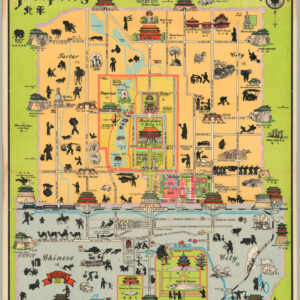
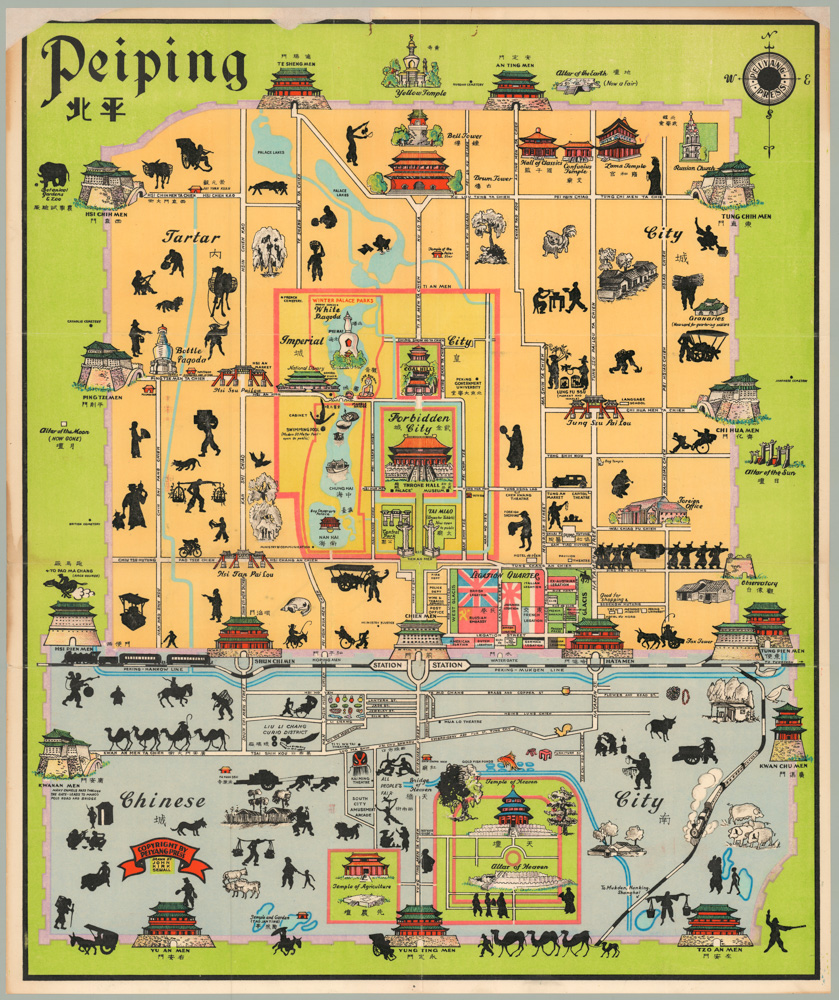
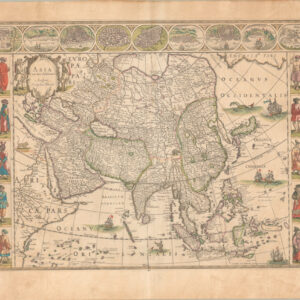

![[Sri Lanka] Tabula Duodecima Dasia.](https://neatlinemaps.com/wp-content/uploads/2023/03/NL-01721_thumbnail-300x300.jpg)
